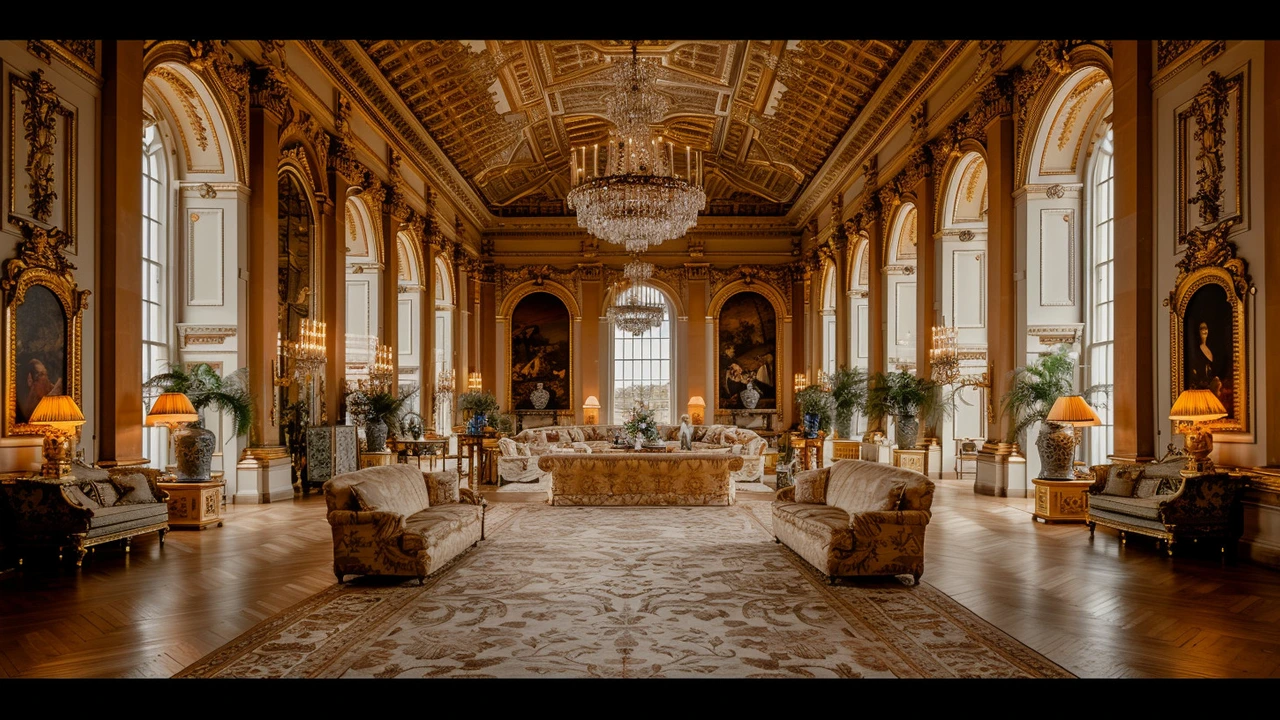Rococo was the playful, ornate art movement of 18th-century Europe that celebrated elegance, intimacy, and luxury. Known for pastels, gold, and curved forms, it defined aristocratic life before the revolution changed everything.
18th Century Art: How to Spot It and Why It Still Matters
Start with a striking fact: the 18th century moved art from baroque drama to neoclassical calm—think powdered wigs and grand columns. This era shaped public taste, political ideas, and the look of cities we still walk through. If you want quick ways to recognize 18th-century art and architecture, you’re in the right place. Below are practical tips, clear examples, and easy ways to explore this period without jargon.
Key styles and what to look for
Baroque (early 1700s) is dramatic: bold movement, heavy ornament, and emotional scenes. Rococo softens that drama into playful curves, pastel colors, and intimate scenes—picture light-hearted party scenes, frilly details, and gilded mirrors. Neoclassicism (mid-to-late 1700s) flips the script: calm compositions, straight lines, classical columns, and themes borrowed from Greece and Rome. On buildings, watch for balanced facades, sash windows, and formal symmetry—these are classic 18th-century signals.
Artists and architects often crossed paths. Paintings might hang in the same rooms that planners designed to impress visitors. If you visit a church, town hall, or manor from this era, look at both the furnishings and the bones of the building. They tell the same story in different materials.
Where to see it and how to study it
Start local. Many towns have a Georgian house, a Baroque church, or a museum with period rooms. Museums also label paintings by style and year—use those tags to map shifts from flamboyant Baroque to the clearer lines of Neoclassicism. Online, scan high-resolution images to study brushwork, composition, and color choices up close. When reading, focus on a few names: think Canaletto for city views, Fragonard for playful Rococo scenes, and Jacques-Louis David for neoclassical clarity.
Practical tips: compare two nearby buildings built decades apart to spot stylistic change. Bring a camera and take detail photos—doors, cornices, stair rails often show the clearest clues. If you tour a museum, ask where the room was built and what year each piece dates from. That context makes features click into place.
Why this matters now: 18th-century art shaped modern ideas about public space, taste, and national identity. The push toward classical restraint influenced later civic architecture and even modern tastes in interiors. Spotting these elements helps you read a city like a book.
Want more? Check the linked articles on Georgian, Baroque, Beaux-Arts, and Neoclassical architecture for deeper examples and photo guides. Use what you learn on your next walk: you’ll start to notice columns, cornices, and colors you missed before—and understand what they say about history and culture.
If you want a short challenge, try a one-hour street hunt: pick a central block, photograph three features from different eras, then label them by date and style. Share your findings with a friend or on social media; spotting differences trains your eye fast. Want guided study? Follow museum tours or pick one architect and track their projects across town to see how tastes changed over decades. You'll notice details everywhere today.
Rococo is an 18th-century art movement known for its ornate and romantic style, breaking away from the rigid forms of the previous Baroque era. This article explores its origins, characteristics, key artists, and its lasting impact on the art world. Discover how Rococo's emphasis on creativity and decoration influenced not just painting but also architecture, sculpture, and interior design.


